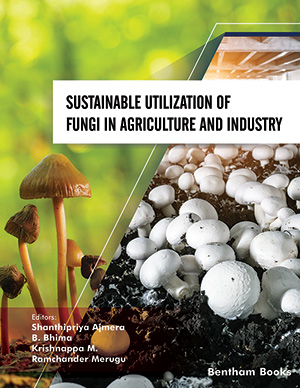Abstract
There are many non-saprophytic fungi that are involved in symbiotic
relationships with higher plants, which include both mutualism and parasitism. The
most common mutualistic relationship involving fungi belonging to Ascomycota,
Basidiomycota, or Zygomycota, and roots of 90% of all vascular land plants is termed
mycorrhiza. In this association, the fungus grows on ectomycorrhiza or in
endomycorrhiza, the roots of most terrestrial plants. The mycorrhizal fungus benefits
from the carbohydrates that the host plant provides, whereas the latter is benefitted
from the extensive fungal mycelia that have a greater surface area and penetrate not
only deep down but also go distantly within the soil to procure water and water-soluble
essential nutrients, especially nitrogen and phosphorus, for the host. Also, the
mycorrhizal fungi offer increased protection to their host plants against some
phytopathogens. As mycorrhizal associations are found in early fossil records, it is
believed that they allowed the early terrestrial plants to colonize and survive. Another
fungus–plant mutualism involves the endophytic fungi that usually dwell inside the
tissues of the host plant, release toxins to repel the herbivores, and also impart
resistance to the plant against environmental stresses. On the other hand, fungi parasitic
on host plants live in or on them, use specialised structures called haustoria to procure
nutrients from them, and produce necrosis-promoting enzymes. This may lead to some
of the most devastating diseases in the crop plants, eventually killing them and severely
affecting the country’s economy
Keywords: Endophytic fungi, Higher plants, Mutualism, Mycorrhiza, Parasitism.






















